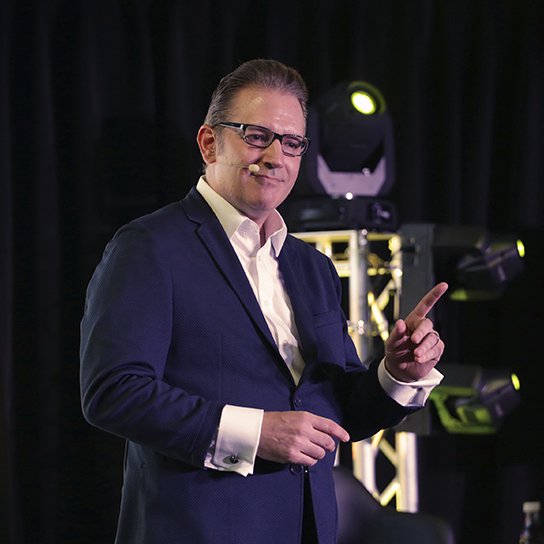To appeal to younger leaders and members of Gen Z, it is important to focus on empowering people and giving them a voice.
This can be accomplished by involving them in decision-making processes at all levels and providing opportunities for them to influence the business. Additionally, it is important to be open to new ideas and perspectives, and to empower individuals to take risks and try new things.
By fostering a collaborative environment that supports growth and encourages experimentation, we can cultivate the next generation of innovative leaders who will help shape the future of our organization.
Here are three creative approaches to organizational culture.
Types of Organizational Culture Based on Inclusive Leadership
Creating an organizational culture based on inclusive leadership empowers people and helps to create a sense of belonging.
In order to be successful, organizations need to understand and embrace the differences between people. This includes understanding the unique experiences, perspectives and needs of each individual.
Additionally, organizations need to create systems and processes that are accessible and welcoming to everyone. One way to do this is to ensure that leaders are aware of their own leadership identities and take steps to knowing and unleashing others.
To learn how to build a team culture that gives people opportunities to explore and unleash their own individuality, take GLLG’s leadership training.
Types of Organizational Culture Based on Diversity of Thought
Creating an organizational culture based on diversity of thought can be empowering for people and organizations alike. Achieving this requires creating an environment where people feel comfortable sharing their ideas, regardless of their experience level or role within the organization.
This requires that we first confront our own assumptions about people. Those assumptions get in the way, and we shut people down without even realizing it. We have to learn how to see people as individuals, rather than making assumptions based on their group, their role or their background. Do this by questioning yourself the next time you reject someone’s idea:
- Are you rejecting it after you’ve carefully considered it? That’s fine. Diversity of thought doesn’t mean you have to accept every thought. It just means you make room for thoughts no matter their source.
- Are you rejecting it because you don’t like or respect the person’s title or résumé? That’s not diversity of thought, that’s conformity of thought.
By empowering employees to share their ideas, organizations can tap into the power of diversity of thought to drive innovation and creativity. And in today's rapidly changing world, that is more important than ever before.
To see how well your team embraces diversity of thought, take this free leadership assessment.
Types of Organizational Culture Based on Vulnerability in Leadership
The first two suggestions depend on how well you accomplish this one. People will not be willing to share if they see that there’s no room for vulnerability.
An organization's culture sets the tone for how employees interact with each other and customers, and can be a powerful tool for business success. A culture based on vulnerability can help to empower people, build trust, and create a more collaborative environment.
To create such a culture, start by sharing yourself, your ideas and your own thoughts openly. Leaders must be vulnerable in order to show others that it’s not only safe, but also beneficial, to share themselves. There’s power in vulnerability.
Focus on building relationships. Make an effort to get to know your employees on a personal level and create an environment where people feel comfortable connecting with each other. By creating a culture based on vulnerability, you can tap into the power of Gen Z's unique perspective and create a more cohesive, productive organization.
Conclusion
If you want to appeal to emerging leaders and Gen Z, it’s important that your leadership culture focuses on empowering people and giving them a voice. You need organizational cultures of inclusive leadership, diversity of thought, and vulnerability in leadership.
To explore these types of organizational cultures in depth, hire inspirational keynote speaker Glenn Llopis or take advantage of GLLG leadership training programs.









